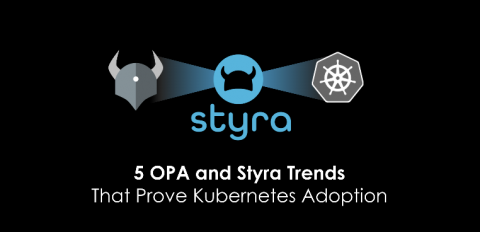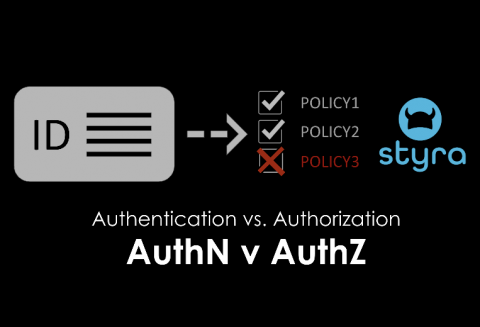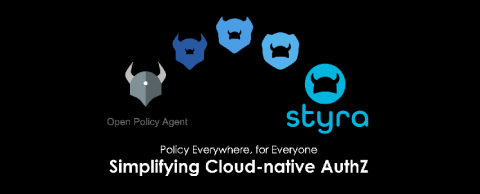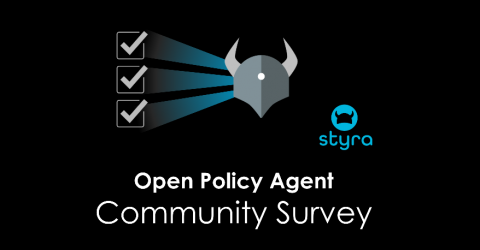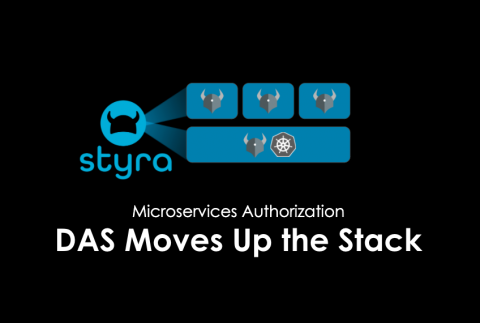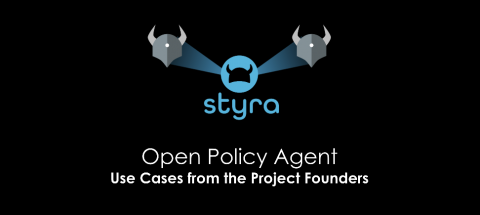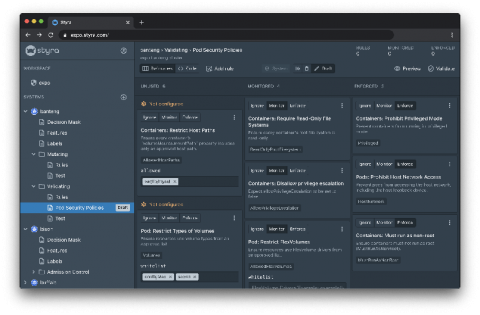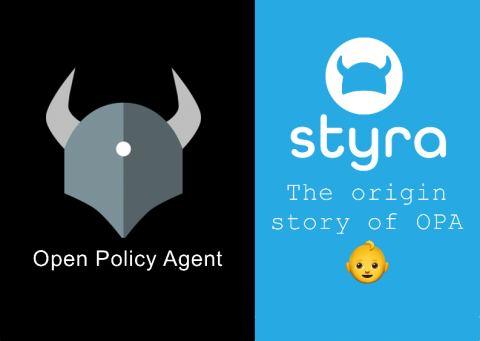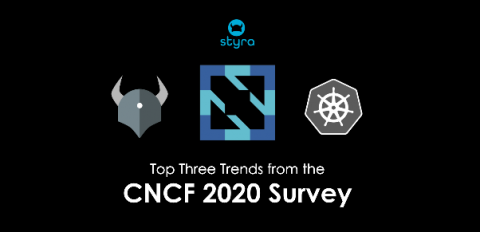Five OPA and Styra Trends that Prove Kubernetes Adoption
I’m often asked from people outside the cloud-native space how the market is progressing and if Kubernetes is taking off or not. My answer is always the same: Kubernetes is absolutely the de facto approach to managing containerized applications, and, because of that, the market is expanding exponentially. We’re almost two-thirds of the way through 2020, and in the cloud-native space, it’s so far been the year of Kubernetes.


